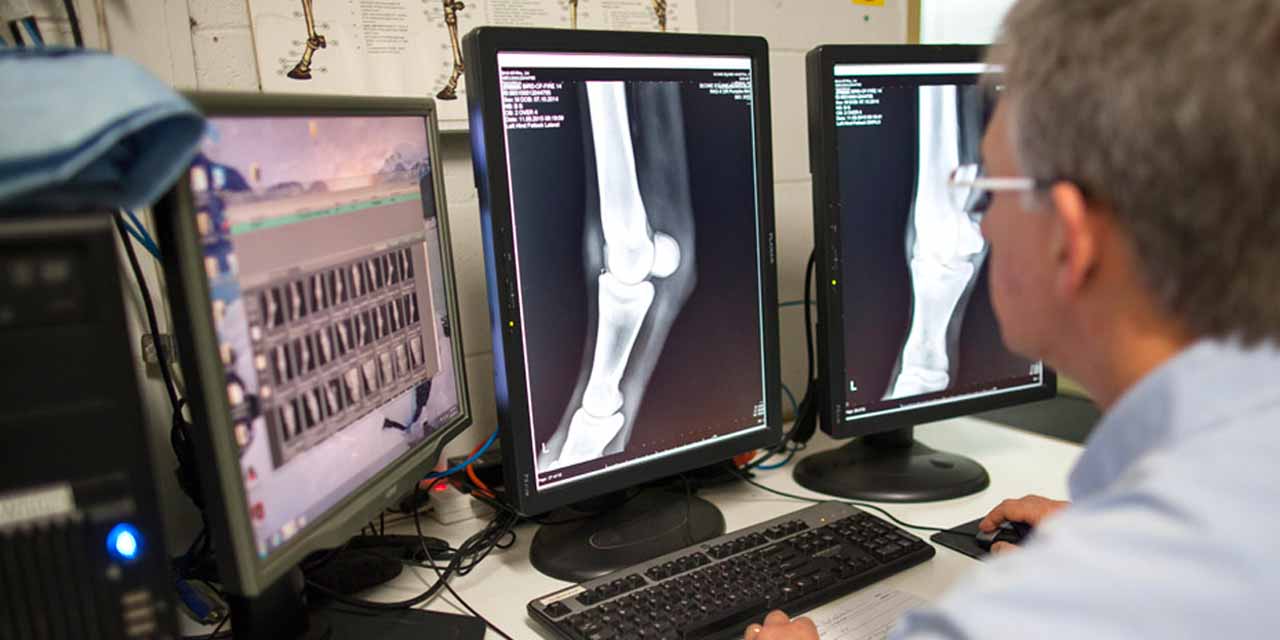
Buying yearlings is exciting; it is the beginning of an adventure.
As with any adventure it is important to be prepared and to have accurate information before you put your hand up. This preparation obviously includes pedigree analysis; the type of racing the horse will be suited to and examination of the type and conformation of horse. It may also include engaging a veterinarian to evaluate and interpret Repository Radiographs “Sales X-Rays” on your behalf.
Since their introduction in 2003, Sales X-Rays have become an integral and valuable part of Thoroughbred yearling and weanling sales in Australia and New Zealand. A set of Sales X-Rays consists of 36 images of the major joints of all four legs. They are taken no earlier than six weeks before the sale and must be in the sales company’s repository four days prior to the sale. If a yearling has had invasive surgery, a surgical report must also be submitted.
Viewing of radiographs is restricted to registered veterinarians and the sales company keeps a record of how many times a horse’s radiographs are examined and by whom. The introduction of Sales X-Rays has allowed yearling buyers to know more about the horse they are purchasing, but it is not a guarantee. The interpretation of radiographs is complicated; it requires significant experience and is usually not as simple as “pass or fail”. Horses are individuals. The importance of particular X-Ray changes will often vary from horse to horse depending on the physical type of the horse, its stage of maturity, what sort of racing it will do and how it will be trained. There are some specific joint lesions which have been shown in Australia and US studies to be closely related to poorer racing performance.
